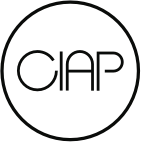Ciel Grommen & Maximiliaan Royakkers / Le Paysage Ménagé
12.09.20
—07.11.20
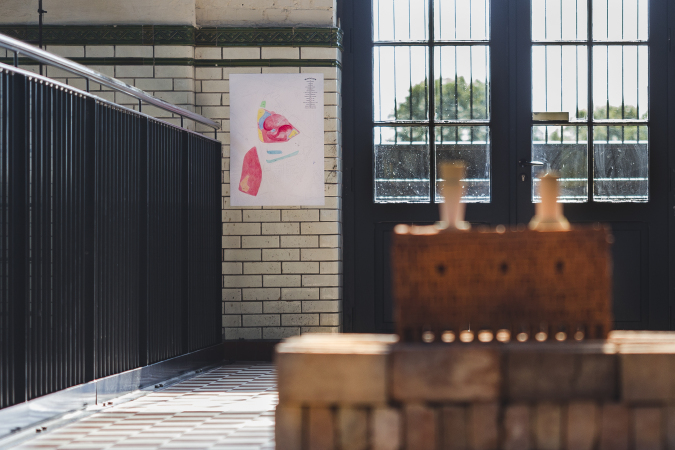
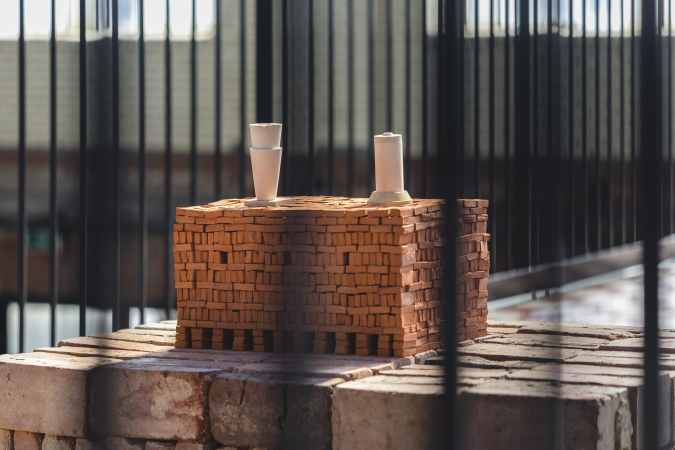
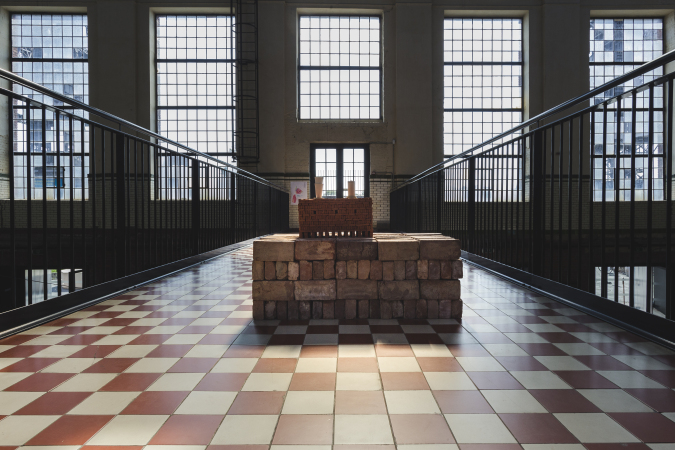

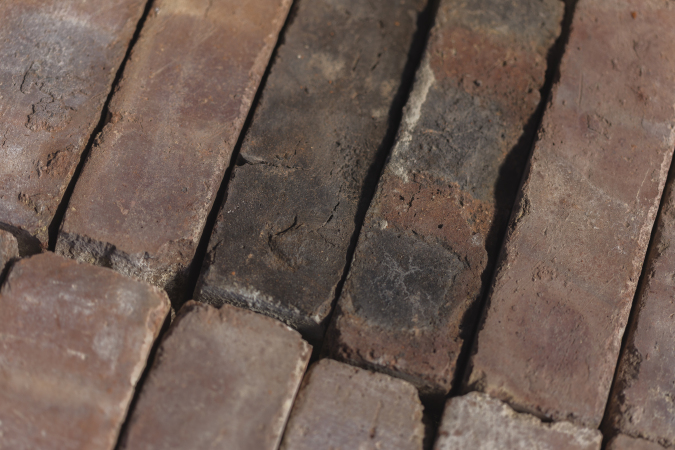

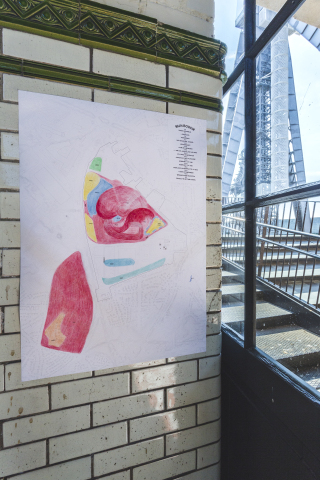
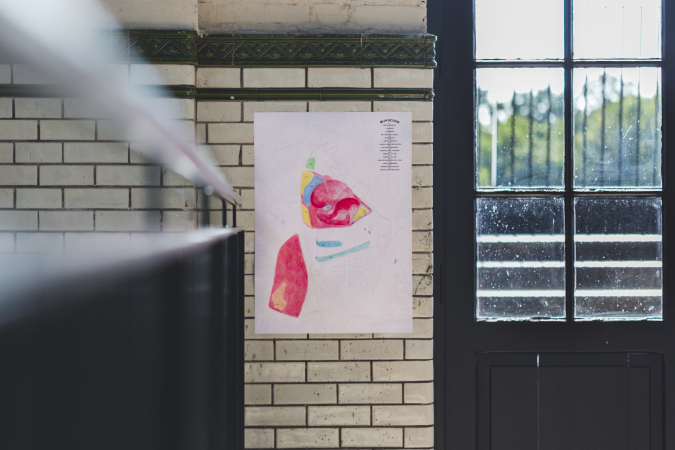
Can we create architecture that does not occupy a site but inhabits it? How do you set your proverbial foot in the landscape without trampling it? And what if it has already been trampled? These are some of the questions that kept us awake at night for over a year now.
Wide awake with us were Ciel Grommen and Maximiliaan Royakkers, a duo of artists/architects, who in 2020 joined CIAP in the endeavour of making the C-mine site and the surrounding landscape our new home. At the moment, CIAP finds itself at the point of multiple transitions, in-between institutional models, infrastructures, and locations. This complex situation, as well as the transient character of the post-industrial landscape itself, were the main starting points for the project.
In the summer of 2019, Grommen and Royakkers initiated an extensive fieldwork at C-mine site in Winterslag (Genk), surveying its polyphonic rhythm and unearthing possible intersections between our needs and those of the landscape. To best understand the intricate context at hand, the duo has reached out to different actors with close ties to the place: from the shepherd herding his stock at the site to truck drivers using it as their temporary rest-stop to botanists and geologists exploring what happens both under and above the disturbed soil. The research has gradually brought to light a great variety of often overlooked practices and species, such as the pioneering vegetation or unique insects, indwelling this seemingly vacant landscape.
Based on these findings, Grommen and Royakkers proposed a cycle of spatial interventions taking into account the unrecognised qualities of the landscape and the resources already present on site. The title of the project, Le Paysage Ménagé (literally, ‘a household landscape’), is a wordplay in the French expression un paysage aménagé (‘constructed landscape’). The removal of the prefix ‘-a’ shifts the emphasis from artificially constructing the landscape to inhabiting and taking care of it. Le Paysage Ménagé involves the development of two complementary, physical structures for living, working, and making. The aim of the project is not only to install the figurative ‘mailbox’, marking the physical presence of CIAP on the site, but to enter into a dialogue with the local landscape and form new alliances between its different actors (organisations, artists, inhabitants, animals and plants), areas (existing architecture, civic infrastructure, spoil tips, empty lots), and functions (residential, educational, cultural, commercial).
The first spatial intervention will be launched in September 2020 and will take the form of a ceramic fireplace, inspired by the duo’s research into alternative bioclimatic and vernacular design principles. Conceived as a batch rocket stove — a type of simple, wood-burning stove — it can reach temperatures high enough to bake ceramics, and more specifically, bricks. Grommen and Royakkers will make use of this low-tech solution to bake bricks from soil coming from the adjacent terrils (spoil tips). In this way, the artists plan to bring new life to the historic brickyard of Winterslag, which as the only mining site in Genk used the leftovers of their operation to produce building material. This unique practice transformed Winterslag from the site of extraction, emptying geological layers, into the site of production, using waste as a starting point for material transformation. Still today, the characteristic black-charred bricks, known as Winterslagse duivels (‘the devils of Winterslag’), clad the facades all over the neighbourhood. In a slow layering process spanning over several months, Grommen and Royakkers will use the freshly produced bricks to build the ceramic structure surrounding the stove. This structure and the surrounding warm atmosphere will offer comfort to different inhabitants: people gathering over food but also birds and insects seeking shelter in the structure’s nooks and crannies. Le Paysage Ménagé lays the foundations for the new house for CIAP (and soon also FLACC) at C-mine.
Bio:
Ciel Grommen (°1989, Sint-Truiden) and Maximiliaan Royakkers (°1988, Hasselt) are a duo of artists/architects, whose work on the threshold of artistic research, education and spatial design questions present social, political and ecological dynamics. Taking complex social contexts and often disturbed landscapes as a starting point, Grommen and Royakkers develop their projects through extensive fieldwork, spatial interventions, and other interactive, participatory formats. Their role as spatial practitioners involves weaving of new narratives into spaces and testing out alternative ways of living-together, inhabiting, and relating to our environments.
Ciel Grommen extended her training in architecture at the University of Leuven (2012) with a Master in contemporary art at the HEAD in Geneva (2015). Her works have been exhibited internationally, amongst others in Artsonje Art Centre, Seoul; Live In Your Head Gallery, Geneva; and Z33 in Hasselt; but even more often, they appeared in the non-institutional context, such as Petit Chateau, the asylum centre in Brussels, the post box of her neighbour, the Aldi parking lot of Borgloon, and online.
Maximiliaan Royakkers also graduated as an architect from the University of Leuven (2012) and obtained a master’s from the Studio for Immediate Spaces at the Sandberg Institute in Amsterdam (2014). His work spans projects of design, artistic research, teaching and educational experiments and contributing to magazines and editorial projects. His works have been presented by Bureau Europa and Jan Van Eyck Academie, Maastricht; De Singel Antwerp; Bozar, Brussels; Z33, Hasselt; and Stroom, Den Haag.
The project is realised in co-production with FLACC — workplace for visual artists. With the support of the Flemish Community, the City of Genk, and CIAP members.
